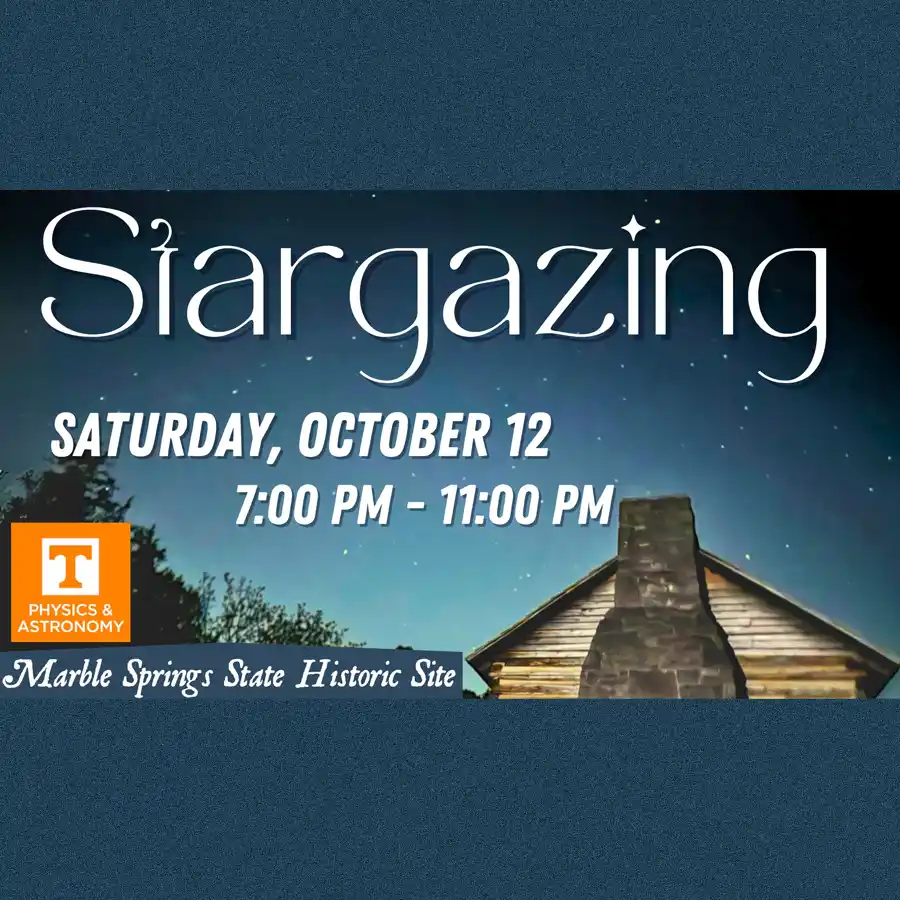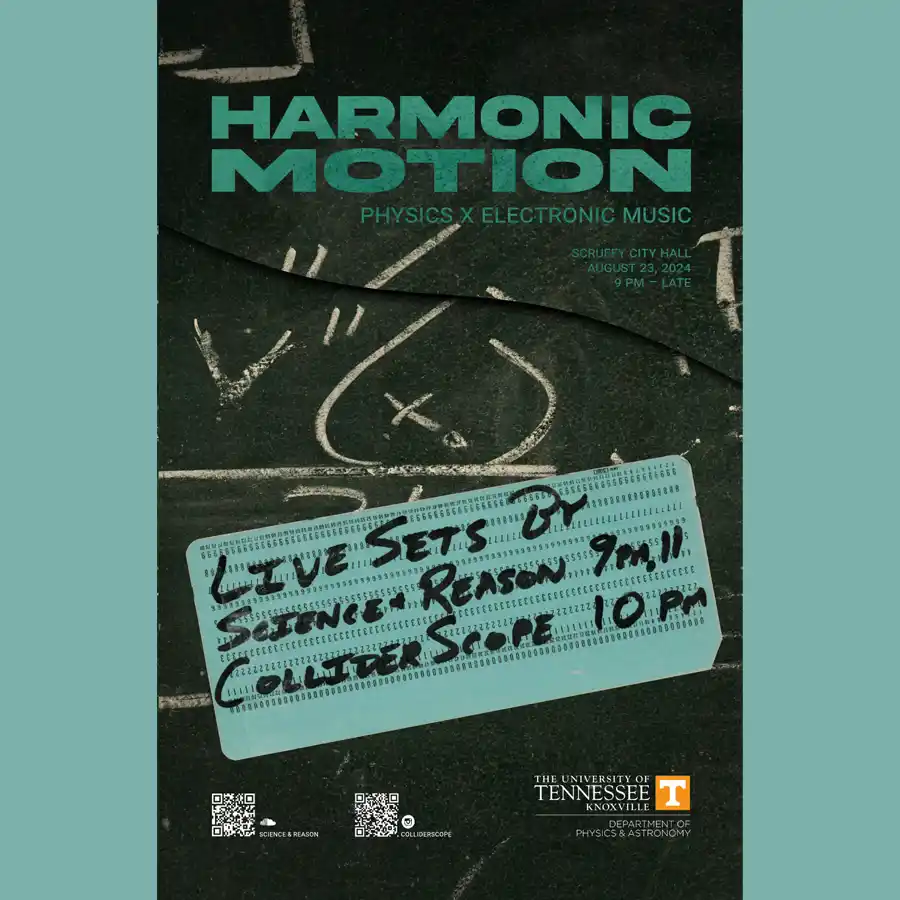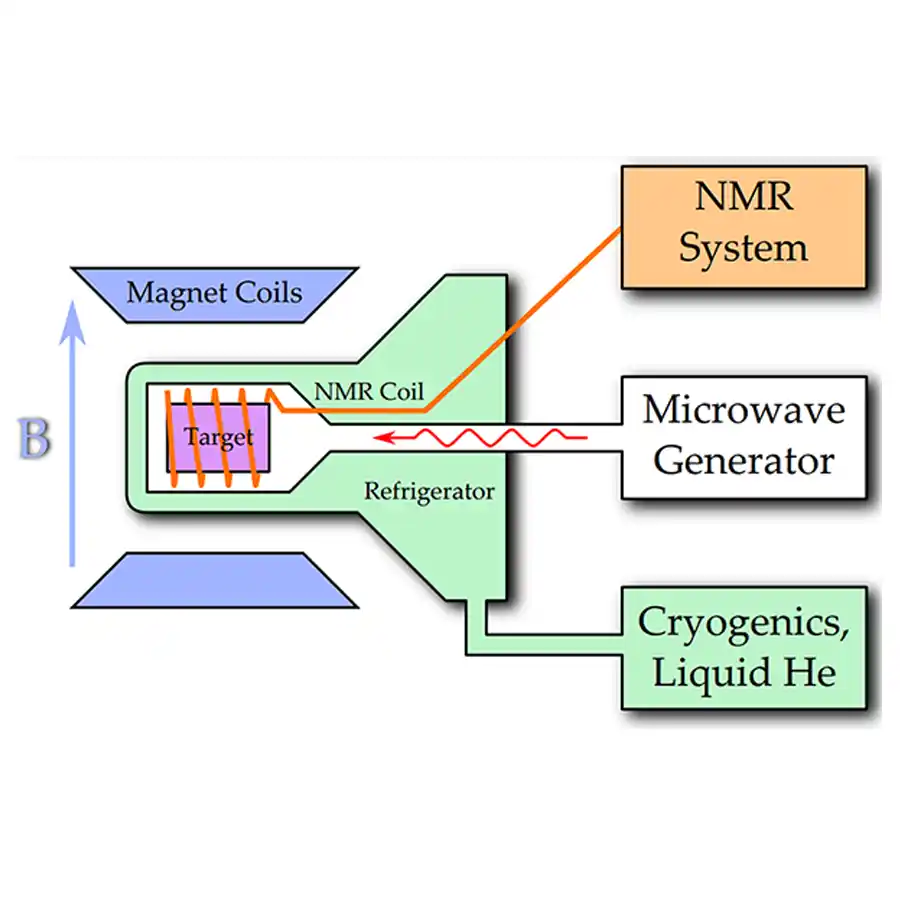
Our department is driven by an engaged faculty pursuing fundamental research and eager to develop the next generation of scientists.
Our physicists helped put our state on the periodic table, study multi-messenger astronomy and explosive stellar events, and search for new physics at CERN. They describe the properties of nuclei and neutrons and test the limits of superconductivity with new models and novel materials. They merge physics and biology at the cellular level with lab-on-a-chip devices. They’re building an interdisciplinary approach to lead transformative research on quantum materials and devices, information science, and artificial intelligence.
Our students have a breadth of research opportunities on campus, at nearby Oak Ridge National Laboratory, and at facilities all over the world to set them on the path to promising careers.


 Graphic for Future Polarized Target Development Meeting at UT, August 2024" width="900" height="900" />
Graphic for Future Polarized Target Development Meeting at UT, August 2024" width="900" height="900" />
September 23, 2024
The visible world around us is made up of atoms, with protons and neutrons forming the nuclei at their core. Together, protons and neutrons make up most of the mass of everything we see in the universe today, from massive galaxies to individual people. Protons and neutrons themselves are complicated many-body quantum states whose properties are determined by the quarks and gluons that they are comprised of. The quest to understand in detail the structure of protons, neutrons, and nuclei is nothing less that an attempt to answer the questions “What are we made of? What is matter?” The Electron Ion Collider (EIC), to be built by JLab and BNL, will be a unique new machine to collide polarized electrons off polarized protons and light nuclei, providing the capability to study multi-dimensional tomographic images of hadronic matter, and collective effects of gluons in nuclei. In this colloquium I will motivate the physics program at the EIC and the unique new machine and detectors that will be required to answer these fundamental questions.
September 27, 2024
Fundamental questions in nuclear physics such as, “What is the nature of hot and dense matter?” and “What is the origin of r-process nuclei?” are deeply connected to neutron star observations. In this talk, I will explain how we are answering these questions using a combination of data from nuclear experiments, data from neutron star observations, theoretical models of hot and dense matter, and numerical simulations. Answering these questions demands a level of effort beyond that of a single research group, so I explain how progress is being made through collaborations like the Nuclear Physics for Multi-Messenger Mergers Focused Research Hub. I summarize recent results on both the speed of sound and the composition of dense matter. I show how we are enhancing astrophysical simulations by improving the nuclear physics input. Finally, I show how we are using machine learning to accelerate progress.
September 30, 2024